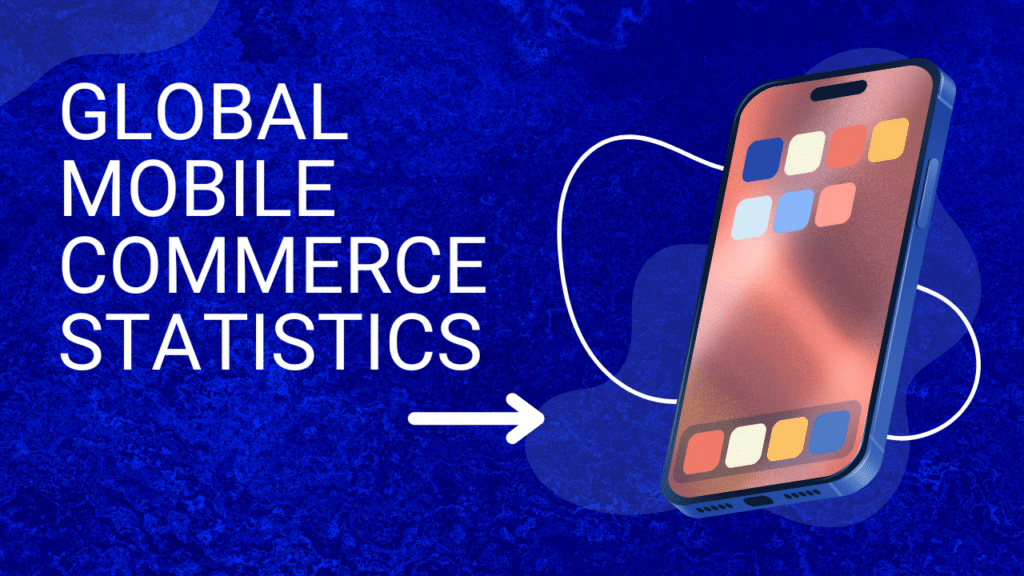Yesterday, I gave you a few reasons why welcome emails shouldn’t be dismissed.
Today, I’d like to provide some practical tips for those who already utilize welcome emails.
That’s straightforward enough, right?
Well, not really.
Some of these tips may require you to look at welcome emails in an entirely different light. It might even be easier for you to disregard everything that you’ve done up until this point.
So get ready…
- Design to catch the eye
Many businesses still use plain text in their welcome emails, so you should be doing what you can to stand out from the pile of plain-text emails that cross your prospects’ inboxes. Having an interesting or beautiful HTML email can win attention, reinforce brands and help recipients associate the email with your website. Using HTML also results in higher click-through rates and better tracking. Keeping your content above the fold won’t hurt, either. However, despite these benefits of using HTML, you should always give prospects the choice to receive plain-text emails, since some email clients don’t exactly welcome them. While plain text may be boring and not as advantageous as HTML, plain text email is better than no email at all.
- Build trust immediately
State exactly who you are (include a physical address), what you do and what you plan to do in your welcome email. Thank prospects for signing up and tell them what they can expect from your communication and when they can look forward to it. Link your privacy policy, an option to unsubscribe, a feedback form and/or an email preferences modification page. Assure them that they’ll benefit from subscribing by indicating how you can meet their specific needs.
- Be consistent
Keep subject titles short, simple, catchy and benefit-laden. Don’t forget to include your brand name in it. For following emails, use the same human name in the “From” field. There’s just no getting around that. Having something generic in the “From” field looks impersonal and changing the “From” field just looks plain suspicious. Consider signing all correspondence with your name.
- Market
I pointed out yesterday that welcome emails have higher open rates than regular emails. That should be enough reason to advertise in them. Include offers, discounts and promotions as part of their content. Though it may be a little more work, try showing pictures of products next to “buy now” buttons that lead to separate landing pages for each product. Calls-to-action need to be abundant, so don’t be shy. Link back to your website so that you’ll lead prospects to relevant content, resources, promotions or other points of interest.
- Send it off
Of course, anyone who uses welcome emails ultimately sends them to their prospects. But timing is key. Ideally, you should be sending your welcome emails immediately after someone has subscribed. Strike while the iron is hot by sending it off no later than 10 minutes after registration. Why 10 minutes, you ask? Because after 10 minutes, the probability of prospects opening welcome emails begins to decline. Avoid being like those companies we looked at yesterday in the “Retail Welcome Email Subscription Benchmark Study.” Remember how 19% of studied businesses took more than a day to send welcome emails, a third of that 19% actually took more than seven days and 13% of retailers hadn’t sent welcome emails even after three weeks? They willingly forfeited prospects’ anticipation and attention.
- Start personalizing and segmenting
I’m sure you recognize the value of targeting a select group of people to generate interest in your business. You can apply this same idea within your subscriber list. Try segmenting your list into groups so that each has a specific goal or attribute. Then, send out targeted and customized welcome emails to them. If you address your prospects by their first names on top of that, your response and sales rates will likely soar.
TIP: To gather enough information to segment accurately, consider asking for information while prospects are subscribing. Generally, it’s better to make providing the information optional. Putting the fields on a page other than the one used for sign-ups also increases the chances that you’ll get the information. However, if you’re intent on requiring extra information, don’t ask for more than is necessary and space the fields apart. Surveys offered in conjunction with a reward after completion can help you get to know those already on your list without requiring that they reregister.
- Protect your investment
Adhere to the CAN-SPAM Act and keep apprised of its revisions. Not respecting the law is one of the fastest ways to put a fork in your business. Also, request that your prospects whitelist you so that your email won’t be routed into junk mail folders. Use double opt-in subscriptions if you can. Continue testing email performance. Doing it once won’t cut it. Check out how different subject lines, layouts, offers, deliverability and other things perform. These things will help you appeal to your subscribers even after open rates start to fall.
Sound overwhelming?
It may be, at first.
But if you’re interested, Miranda at Varien compiled a number of welcome emails from top retailers. As you can see, some are better than others, but all give you an opportunity to compare and contrast and may even serve as a jumping off point for ideas about your own business.
Out of curiosity, what do your welcome emails look like?




